 AD
AD
Today is: December 17
Scroll to explore events active on this date.
Additional Events on LEEP
LEEP INK FEATURES

August? Absolutely!
In August, we live through the Dog Days of Summer. It's hot and often humid, and those who can leave for better climates do. Down south, winter is in full force. August is also known as "the ...

In The Heat of July: July 2025 Events
Is it hot enough (or cold enough if you're below the equator) for you yet? There is actually a day for that! Like every month, I pick a diverse collection of events you may or may not know about. This ...

May Blooms: Events in May 2025
Along with October, May is one of the most densely packed months of the year. It's before the summer humidity and the last whole month of the school year. The weather is warming in t...
About National Croissant Day
Ends: Jan 30, 2020
DESCRIPTION:
National Croissant Day celebrates the airy pastry called the croissant. Croissants' first appear in 1683 in Austria, so the legend goes. At that time, the Ottoman Empire besieged Vienna, Austria. The Austrians won the siege and are said to have celebrated their victory over the Islamic empire with crescent shaped pastries in honor of their victory. Why a crescent? It’s the symbol of Islam…or is it?
Here’s the problem with that legend.
The crescent and star were not associated with Islam until the late 1700s when the Ottoman Empire emblazoned their flag with the symbol. Prior to that, there was no universal symbol for Islam like the cross or fish in Christianity. The Star of David, likewise, is not an ancient symbol for Judaism. It was adopted by the Zionist movement at the turn of the last century and represents a political movement, not a faith.
The star and crescent symbol can be found on artifacts dating back to the Bronze age. It is on Roman coins, within the symbols of the Knights Templar and various Christian iconography. So if the legend about 17th century bakers in Austria is incorrect, where did croissants come from?
Croissants are the children of a 13th century bread called the Kipferi, which is a crusted yeast bread baked in a 3/4 circle. The baking style required to make a croissant incorporates layers of yeast bread with butter folded on top of each other, then twisted. This technique first appeared on the scene in the late 1830s in France at Austrian baker August Zang’s Pastry shop in Paris, the Boulangerie Viennoise. The Austrian took his light layered creation and folded its ends toward each other forming the now iconic crescent shape of this delicious bread. By 1869, the croissant made its way to breakfast tables throughout France and had become a staple. The puff pastry received one more boost in popularity when Charles Dickens included a mention of it within his periodical All the Year Round in 1872.
Now you know the brief history of one of the world’s favorite breads, the croissant and the origins of religious trademarks. With today being Croissant Day, why not indulge in one yourself!
VIDEOS
Currently, this event does not have supporting videos.
SUPPORTING DOCUMENTS
Currently, this event does not have supporting documents.
ADDITIONAL IMAGES
Currently, this event does not have supporting images.
Where would you like to go now?
 AD
AD





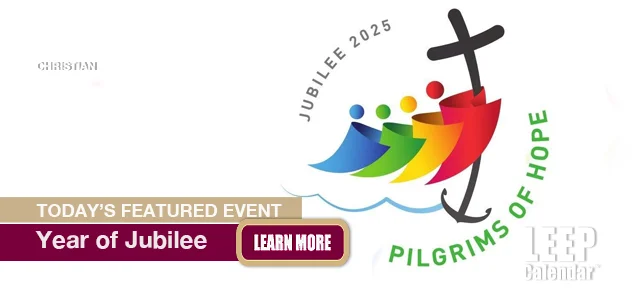

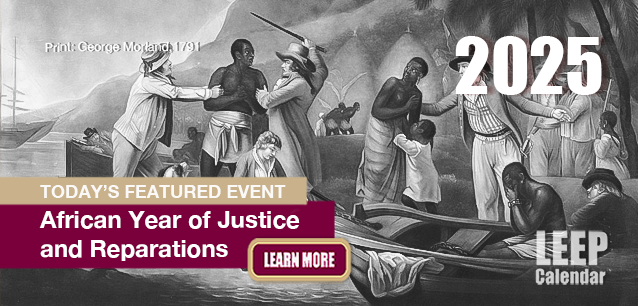

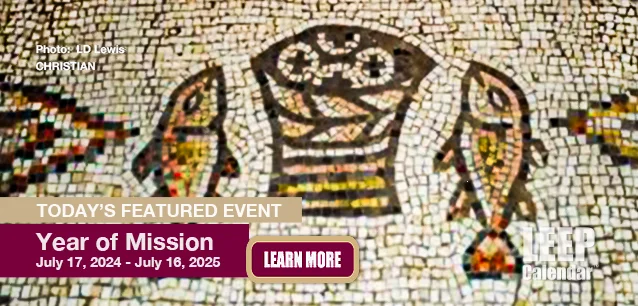

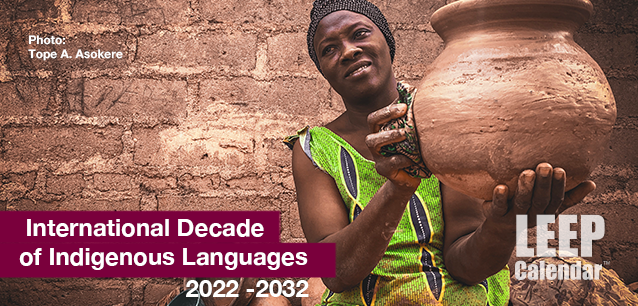




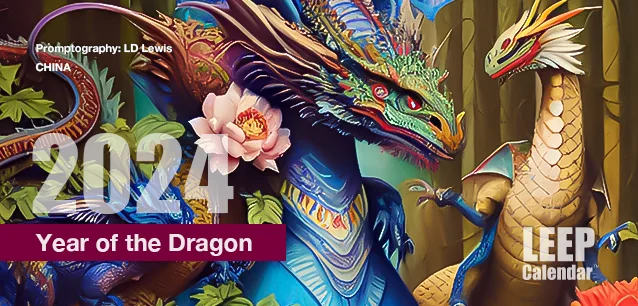


























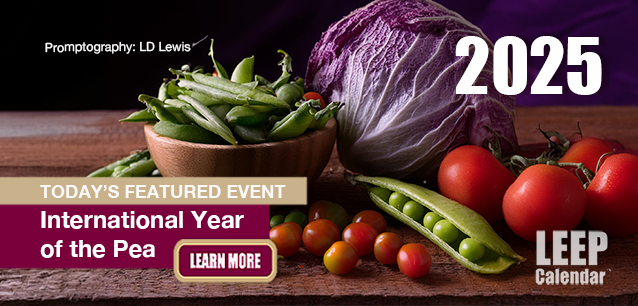










/footer-logo.svg)
